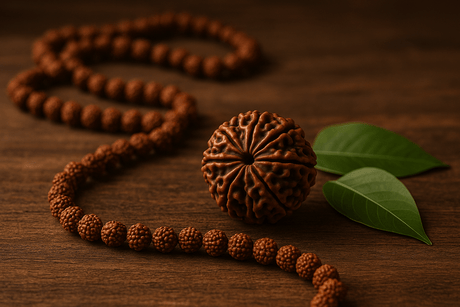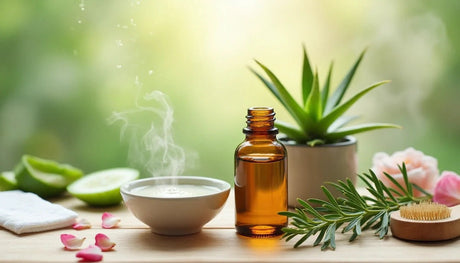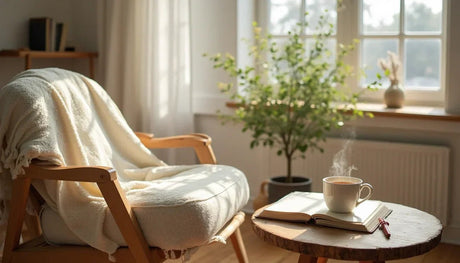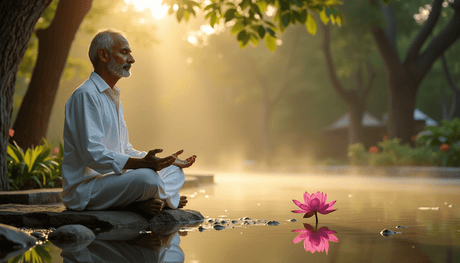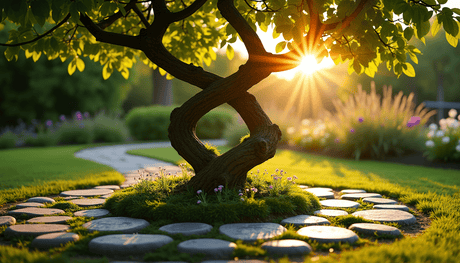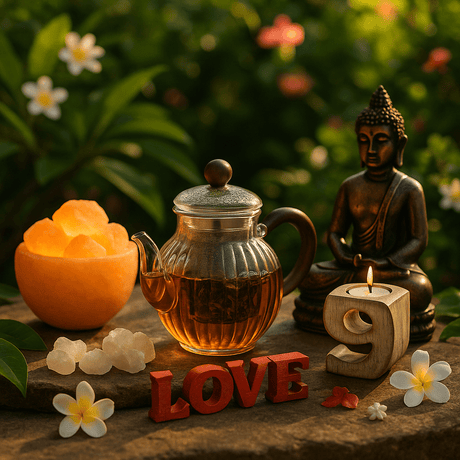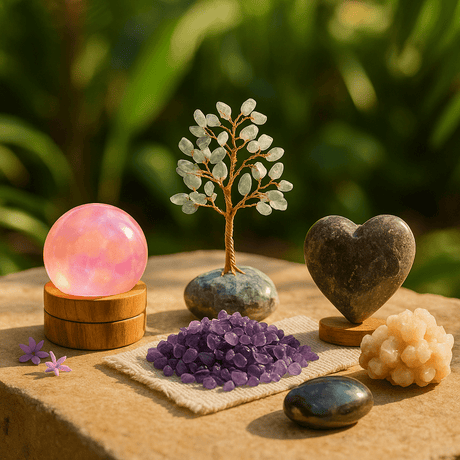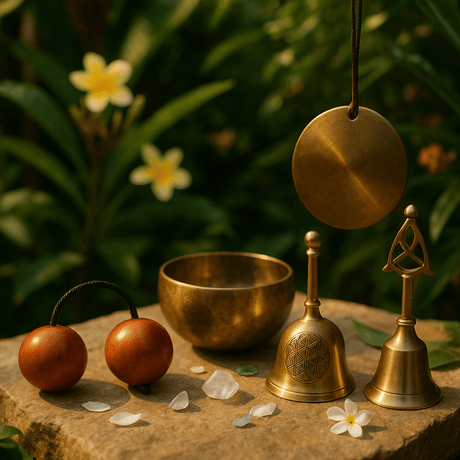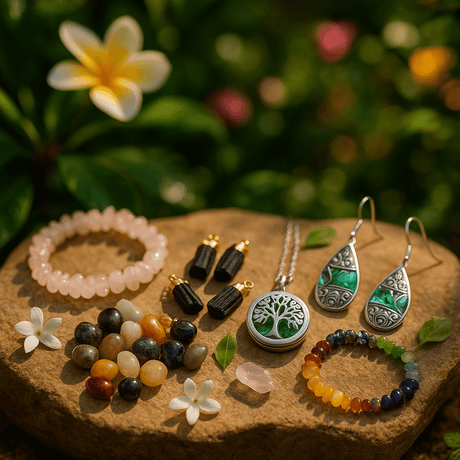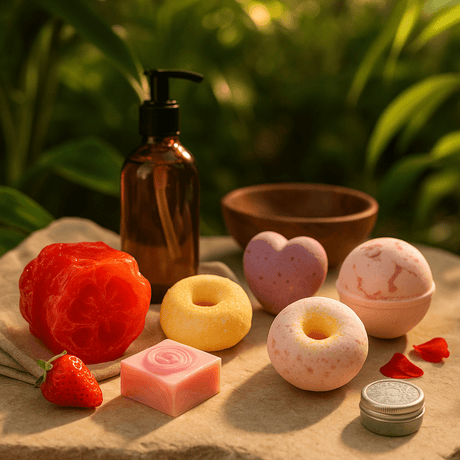Essential oils, with their potent fragrances and therapeutic properties, offer more than just a pleasant scent; they are a key to creating a serene, inviting, and healthful home environment. In this article, we delve into the multifaceted world of essential oils and their application in interior design to elevate the atmosphere of your living spaces.
Aromatic History and Science
Essential oils are concentrated liquids derived from plants, embodying the essence of the plant's fragrance. These oils, known for their volatile components, have played a pivotal role in various cultures for their aromatic and therapeutic properties. From ancient distillation techniques to modern applications, essential oils continue to enhance our living environments and well-being.
From Ancient Alchemy to Modern Science
The journey of essential oils begins with ancient civilizations such as India, Persia, and Egypt, extending to Greece and Rome, where they were esteemed for their fragrant and healing qualities. The golden age of Arab culture significantly advanced the distillation of essential oils, introducing the use of ethyl alcohol for extraction, a method that would shape the future of aromatic oils.
Distillation, the primary method of extraction, alongside techniques like cold pressing and solvent extraction, allows for the capture of the plant's aromatic essence. These oils have found their way into perfumes, cosmetics, and even food, reflecting their versatility and enduring appeal.
Therapeutic Traditions and Modern Cautions
Aromatherapy, the therapeutic use of essential oils, showcases their potential to promote relaxation and well-being. However, it's crucial to acknowledge the limitations and safety concerns associated with essential oils. Despite their benefits, there's insufficient evidence to support their use as a treatment for specific conditions. Moreover, improper use can lead to allergic reactions, skin irritation, and toxicity if ingested or improperly applied, underscoring the need for cautious and informed use.
Aromatic Oils Through the Ages
Historically, essential oils were directly used or extracted with fatty oils in many cultures. The distillation techniques developed by the Arabs and later spread to Europe during the Middle Ages marked a significant evolution, leading to the isolation of oils such as cedarwood, rose, and cinnamon. The alchemical work of Paracelsus further propelled the exploration of essential oils, expanding their use beyond medicine to include food, beverages, and perfumery.
By the 18th century, approximately 100 essential oils were known in Europe, with the United States producing oils like turpentine and peppermint since the early 1800s. The 20th century saw a surge in chemical characterization and commercial production, although only a select few oils have achieved significant commercial success.
This historical overview underscores the rich tapestry of essential oils' evolution from ancient remedies to modern-day luxuries, highlighting their enduring significance and the complex balance between their therapeutic potential and the need for safe usage.

Selecting and Using Essential Oils
Choosing the right essential oils and employing them effectively can transform your home into a sanctuary of wellness and style.
| Scent | Description |
|---|---|
| 🌿 Lavender | Promotes relaxation and sleep, ideal for calming the mind and creating a serene environment. |
| 🍋 Lemon | Energizes and purifies the air, known for its uplifting and refreshing properties. |
| 🍊 Orange | Boosts mood and provides a cheerful atmosphere, perfect for invigorating any space. |
| 🌱 Eucalyptus | Supports respiratory health and clarity, enhancing focus and freshness in the air. |
| ❄️ Peppermint | Offers cooling and invigorating effects, aids in concentration and digestion. |
| 🌼 Chamomile | Soothes stress and promotes relaxation, beneficial for a peaceful sleep environment. |
| 🍃 Tea Tree | Known for its antiseptic properties, it purifies and cleanses, making it ideal for healthful living spaces. |
| 🌹 Rose | Encourages feelings of love and happiness, perfect for creating an intimate and warm atmosphere. |
| 🌺 Ylang-Ylang | Enhances relaxation and libido, known for its sweet, floral aroma that elevates mood. |
| 🌲 Pine | Cleanses and refreshes the air, offering a crisp, invigorating scent that reminds one of the outdoors. |
| 🌰 Sandalwood | Promotes mental clarity and calmness, ideal for meditation rooms with its rich, woody scent. |
| 🍂 Cinnamon | Warms and stimulates the senses, perfect for cozy settings and enhancing comfort. |
| 🌾 Lemongrass | Refreshes and deodorizes, known for its ability to repel insects and brighten spaces. |
| 💐 Jasmine | Improves mood and reduces stress with its exotic and intensely sweet fragrance. |
| 🍯 Frankincense | Aids in relaxation and spiritual connection, suitable for enhancing meditation and tranquility. |
Methods of Diffusion
- Ultrasonic Diffusers. These devices use water and ultrasonic waves to disperse a fine mist of essential oil into the air, offering both aroma and humidity.
- Nebulizing Diffusers. For a more potent fragrance, these diffusers atomize essential oils, dispersing them into the air without the need for water or heat.
- Reed Diffusers. A simple, elegant option for continuous scent, reed diffusers absorb oil and release fragrance slowly over time.

Crafting Sensory Spaces: The Art of Scent and Style
Interior Design and Fragrance Synergy. The harmony between interior design and fragrance is profound. Just as color, texture, and light influence the mood of a space, so too does scent. It can define a room's atmosphere, making it feel inviting, energizing, or calming. For example, a modern minimalist space benefits from the simplicity and clarity of citrus or tea tree, reinforcing the design's clean lines and open spaces. Conversely, a rustic or vintage setting is complemented by the warmth and nostalgia of vanilla or amber, adding depth and warmth to the room's character.
Room-by-Room Scent Strategies 🏠
- Entrance and Living Areas. Welcome guests with inviting scents like bergamot or lemon, which signal cleanliness and vibrancy. These areas set the tone for your home, so choose scents that reflect your desired first impression.
- Kitchen. Fresh, zesty scents such as lime or lemongrass cut through cooking odors and keep the kitchen smelling clean without overpowering the senses.
- Bedrooms. Lavender and chamomile promote relaxation and sleep, making them perfect for these personal retreats. Their gentle, soothing properties help to unwind and prepare for rest.
- Bathrooms. Eucalyptus or peppermint offer a spa-like freshness, transforming these spaces into refreshing sanctuaries that cleanse and invigorate.
- Home Office. Rosemary and peppermint enhance focus and creativity, ideal for workspaces where concentration is key.

Conclusion
Essential oils are a key to transforming your home into a haven of beauty and wellness. By carefully selecting scents and diffusion methods, you can enhance your living space's look and feel, promoting health and well-being.
🍋 Elevate Your Home Atmosphere with SHAMTAM
Dive into our extensive collection of premium essential oils. Whether you're seeking relaxation or revitalization, find the perfect scent to harmonize your home. Visit SHAMTAM today and start your journey to a beautifully scented sanctuary.































